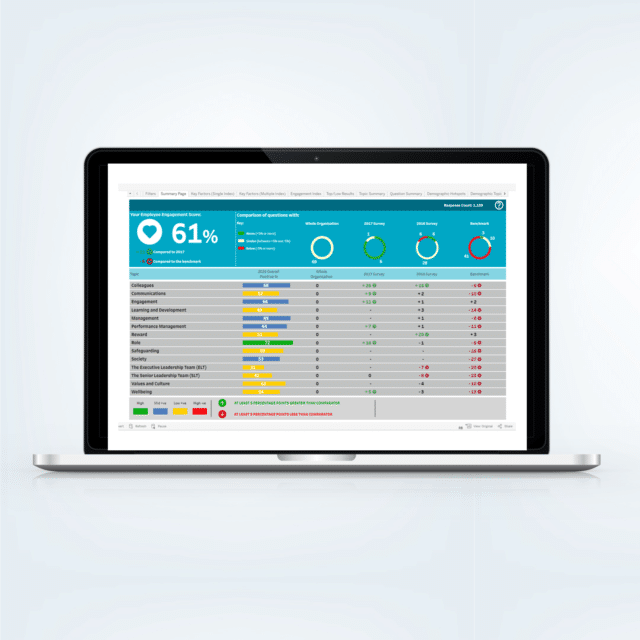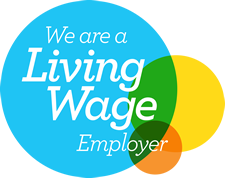
Insights
Helping not-for-profit organisations develop and sustain
the highest levels of employee and volunteer engagement

Insights

But what are the advantages of pulse and full surveys, and which is best for your organisation?
Pulse surveys are shorter, typically 10-15 questions, and more focussed in terms of scope. Whereas full surveys are longer, typically 40-60 questions, and are broad in scope.
| Pulse | Full | |
|---|---|---|
| Scope | Focussed | Broad |
| Number of questions | 10-15 | 40-60 |
| Demographics | Full | Full |
| Open questions | 1 max. | 2-5 |
| Frequency | Every 2/3/6/12 months | Every 1-2 years |
 What are the advantages of pulse surveys?
What are the advantages of pulse surveys?
 What are the advantages of full surveys?
What are the advantages of full surveys?
In our experience, there is no single best approach for all organisations. The chart below sets out some common options:
| Q1 | Q2 | Q3 | Q4 | Q1 | Q2 | Q3 | Q4 | Q1 | |
|---|---|---|---|---|---|---|---|---|---|
| 1) Full every 2 years | F | F | |||||||
| 2) Full every year | F | F | F | ||||||
| 3) Full every 2 plus pulse in intervening year | F | P | F | ||||||
| 4) Full every 2 plus six-monthly pulse | F | P | P | P | F | ||||
| 5) Six monthly pulse | P | P | P | P | P | ||||
| 6) Quarterly pulse | P | P | P | P | P | P | P | P | P |
An Education sector client runs their pulse surveys twice a year (option 5) in November and June as their employees have more bandwidth to be able to complete the survey at these times. This helps them to maintain high response rates.
A UK Third Sector client uses pulse surveys every other year to gather feedback specifically on culture, equality, diversity, and inclusion to support their initiatives in this area.
An international client recently introduced pulse surveys into their survey rhythm to more regularly listen to their people as they go through organisational change. They use pulse surveys to focus on topics that are identified in their full survey results. This enables the organisation to be agile and responsive in a time of significant change.
If so, perhaps pulse surveys may help to dive further into these areas. If not, running a full survey covering a range of topics can help to establish where the issues are and what your priorities should be.
The more you wish to achieve the more important it will be that you measure progress regularly and reduce the risk of pursuing initiatives that do not work.
If changes are happening quickly, pulse surveys can help you check-in more regularly.
Consider your managers’ workload and ability to interrogate results and build action plans. Does it work better for your managers to look at smaller data sets more regularly, or larger reports less often?
In our experience, pulse surveys and full surveys offer valuable insight in different ways and the best approach for many organisations will be to use a combination of the two.
What survey rhythm is best for your organisation? Will your next engagement survey be a pulse or full?
Agenda Consulting
Belsyre Court
57 Woodstock Road
Oxford
OX2 6HJ
UK
Company No: 4509427
